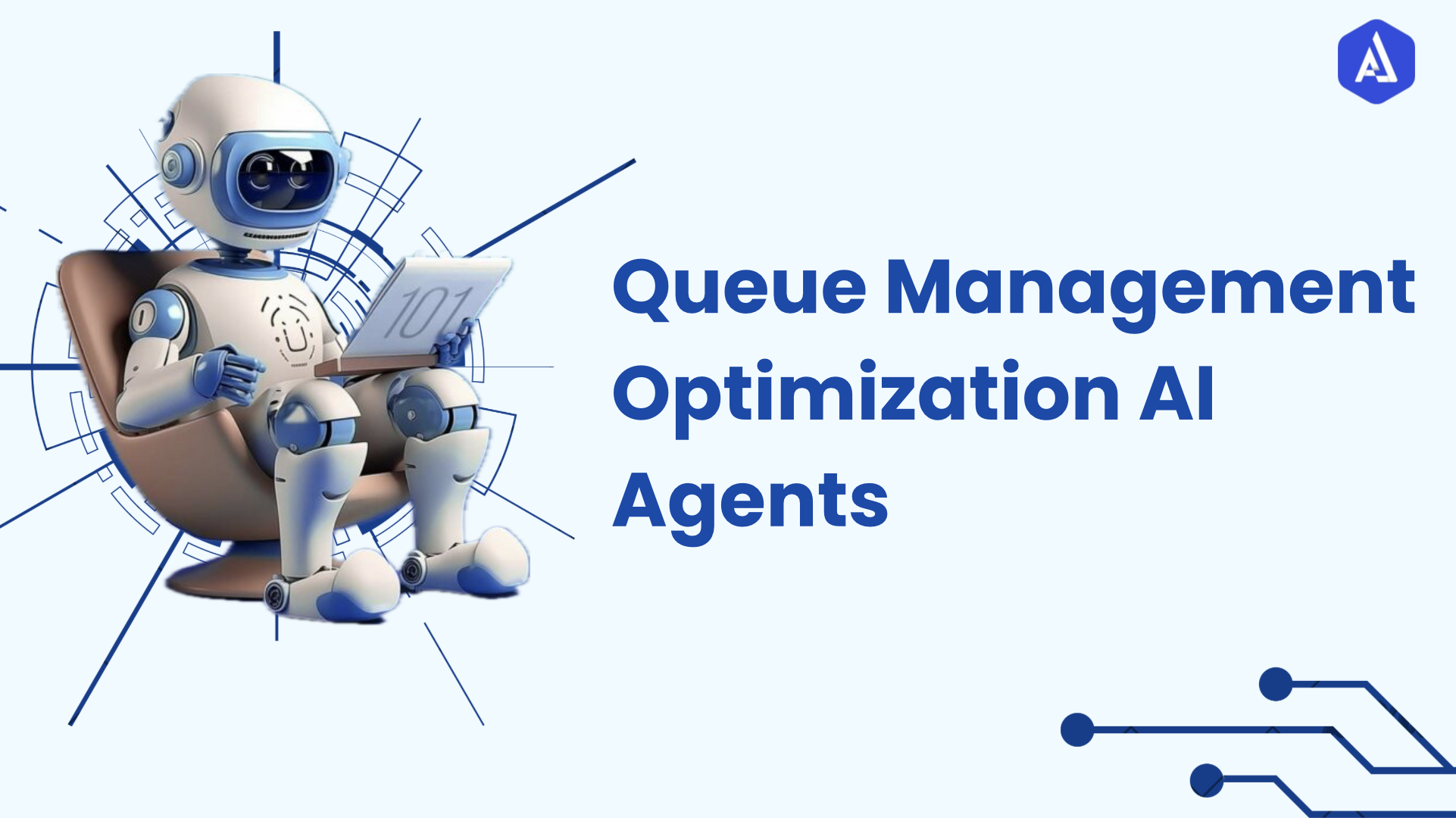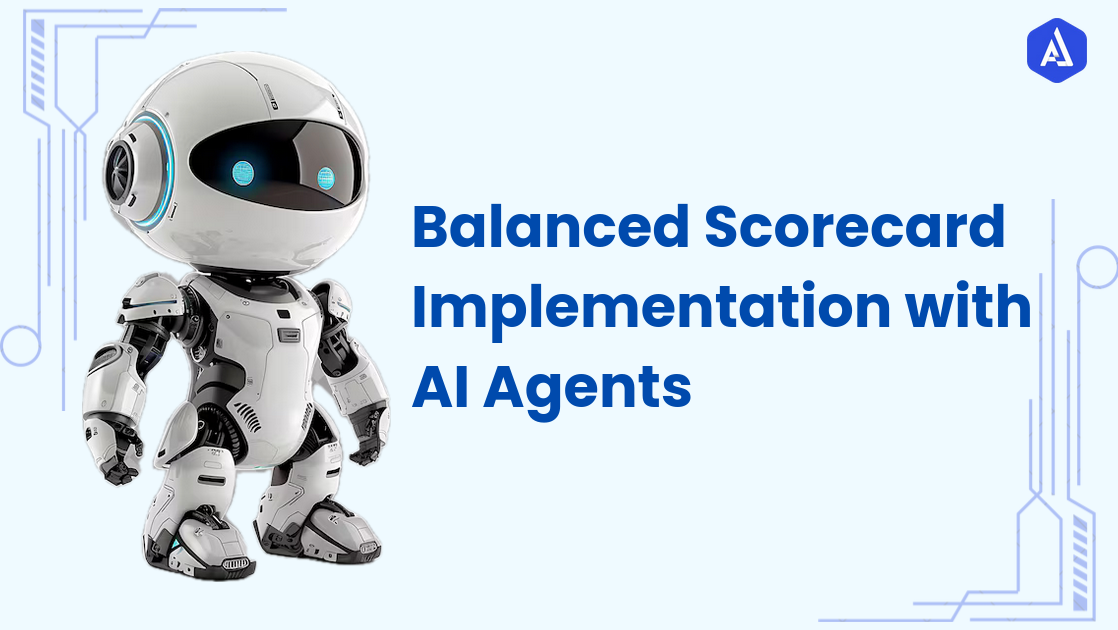Introduction
Slack is a powerful collaboration platform designed to enhance team communication and productivity. It allows teams to communicate in real time through channels, direct messages, and group conversations. Here are some key features of Slack:
-
Channels: Organised spaces for team discussions, channels can be public or private, allowing teams to segment conversations by projects, topics, or departments.
-
Direct Messaging: Team members can send private messages to one another for quick, direct communication.
-
File Sharing: Users can easily share files, documents, and images within conversations, making collaboration seamless.
-
Integrations: Slack integrates with a wide range of tools and services, including project management software, CRMs, and customer support platforms, enabling teams to streamline workflows.
Post to Slack Agent is a great tool to make the process of sending messages to a Slack channel more automated and transmit real time communication and constant updates. This agent shortens the distance between teams, removing the manual entry of messages so that important information is passed on to the whole team without delay.
Agent Overview
The Slack Agent is an effective automation instrument that enables users to deliver messages on Slack channels without offering any input. The more important reason is to facilitate and eliminate the necessity of manual posting of information which might include team updates, announcements and other information relating to team business.
The agent is intended to reduce the time and investment required to have teams informed, to make sure everyone is on the same page. The agent is built to interface with Slack’s API, which uses automation workflows to convert written messages to posts into real time shared in a Slack channel.
This way communication becomes fast and effective because there is no need to monitor and keep posting content. The main features of the Post to Slack Agent include its capability to accept the long text inputs, then automatically publish messages to specific channels in Slack.
Use Cases
Here are some use cases in which we can utilize our agent:
-
Automated Project Updates: If you want everyone on your team to be aligned with the status of the project, you need to keep them informed. If the Post to Slack Agent is set up to post at a daily or weekly interval, it can summarise project progress, round up key milestones, and let the team know when those deadlines are coming up.
-
Real-Time Customer Support Notifications: Issues require customer support to respond quickly. With customer support software integrated with the Post to Slack Agent you can configure instant notifications whenever new support tickets are created or when there’s an urgent customer issue.
-
Automated Sales Pipeline Updates: Sales teams can benefit greatly from real-time updates on the status of deals and leads. The Post to Slack Agent can be connected to a CRM system to automatically post updates when a lead moves to a new stage, a deal is closed, or when a high-value opportunity is identified.
-
Internal Announcements and Notifications: Post to Slack Agent allows companies to use it for internal announcements like policy changes, event reminders or new initiatives.
This makes sure that everyone gets the information about whether they requested it, when they wanted it, and how they want it! Automating posting reduces the risk of communication gaps because businesses can create a consistent way to deliver announcements.
-
Reminder Systems: With the agent we can use the agent to schedule routine reminders like upcoming meetings, deadlines and team checking-in. Automated reminders help teams keep organised and ensure they don’t miss important tasks or events.
Here are a few tools and technologies that Post to Slack Agent utilizes to accomplish its tasks effectively.
-
Slack API: The Slack API serves as the backbone of the Post to Slack agent. The agent posts messages in real-time through API calls, making certain your team is updated immediately with updates and announcements.
-
Automation Triggers: This is how the agent uses automation triggers to decide when to publish a message. The events that will trigger them can be one specific event, for example, the case when new information is added to a database or even with a schedule, such as posting a daily project update, for example.
-
Transformation Steps: Before a message is posted to Slack, the agent goes through a transformation step called "slack message." In this step, we make sure that the message is shaped properly and ready for posting.
-
User Authentication and Access Control: Slack channels are accessed by the agent, requiring the agent to authenticate to send messages to only those channels authorised.
Additionally, access control settings work to help restrict the agent from posting to channels that may or may not be appropriate for the agent.
Benefits and Values
Here are some major benefits and value propositions of the Post to Slack Agent that make it a needed component for improving team communication and collaboration.
-
Real-Time Communication: The Post to Slack Agent ensures that your team is notified as soon as important updates and information hits your servers. The agent sends the message in real time whether it’s a project update, an announcement or a customer support alert to make sure no delays occur between communication.
-
Automation and Efficiency: With the help of the agent, we can automate the posting process and increase the efficiency of our work.
-
Enhanced Collaboration: Effective collaboration requires clear and consistent communication. The Post to Slack Agent gives the team a way that shares information while not losing transparency.
-
Improved Workflow: The agent automates communication tasks to improve overall workflow efficiency. This allows teams to get back on more strategic activities and goes a less annoying way to send the messages rather than spend time writing them and manually sending them.
-
Reduced Communication Gaps: Using the Post to Slack Agent, businesses can be sure they are not missing anything important. The lack of risks of a communication gap can be attributed to the agent’s automation abilities, which cut communication gaps and ensure that all the updates are made to the correct Slack channels.
Usability
Using the Post to Slack Agent is a straightforward process that can be broken down into a few simple steps. Below is a step-by-step guide on how to use the agent effectively:
-
Setup: To use the Post to Slack Agent, we need to first connect it to your slack workspace. For that, we need to authenticate through Slack API and allow the agent to post messages in a particular channel.
-
Compose Your Message: In the next step, the agent is connected, and the message you want to send is composed. It is the agent that accepts long text inputs, so you can write really descriptive updates, announcements, or notifications really easily.
-
Automate the Posting: Once you’ve written out the message, you can set up a trigger to automatically post the message for you or schedule the message to post at specific intervals.
-
Monitor and Troubleshoot: You are going to monitor the Slack channel to check whether messages are being posted correctly. If you don't see any messages being delivered, it may be an issue related to the Slack API and check it and make sure the agent is authorized to post in the channel.
By following these steps, users can fully leverage the capabilities of the Post to Slack Agent to enhance team communication and ensure that important updates and announcements are consistently shared.

.png)
